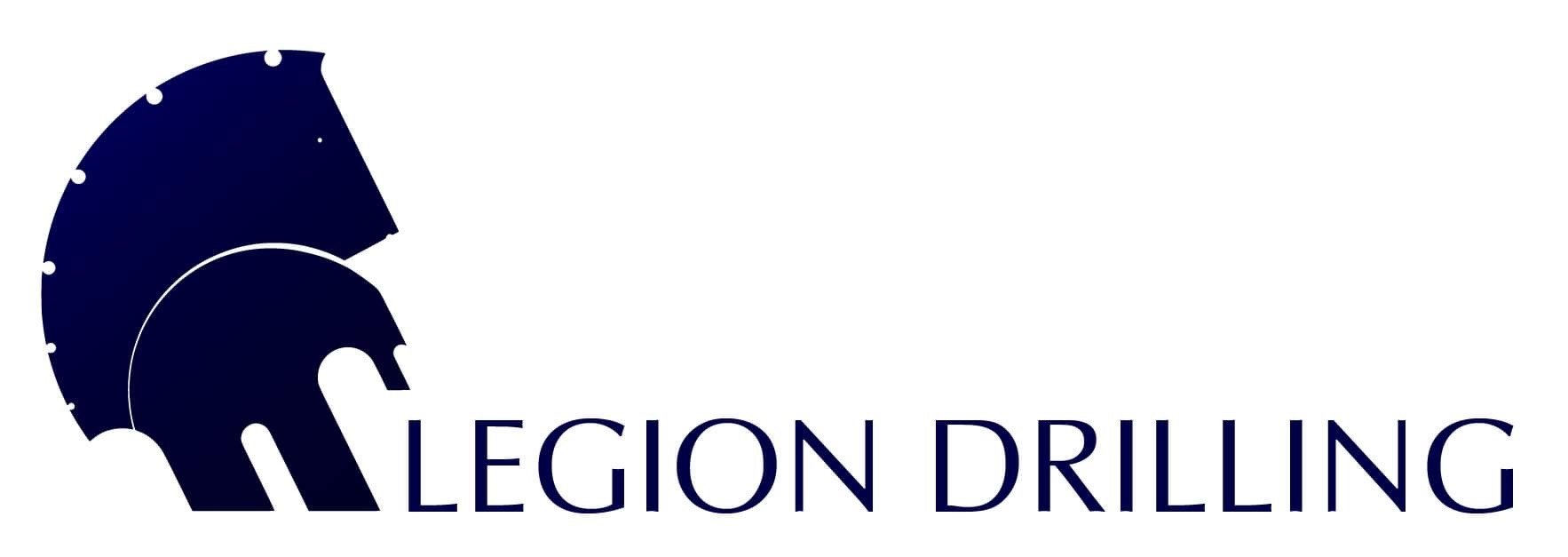Ecoforum/SustRem 2023: Sustainability in the Drilling and Remediation Industry
Ecoforum/SustRem 2023 was the perfect platform for Legion Drilling to keep advocating for more sustainable site investigation and remediation approaches. We take pride in our commitment to sustainability and the steps we have been taking since our beginnings to lead the way toward a more eco-conscious drilling industry.
Sonic drilling, HRSC and in-situ remediation for more sustainable site management
Utilizing sonic drilling and direct-push Geoprobe® rigs is not just about efficiency for us; it is also about maximising sample recovery while minimising waste costs and effectively meeting our clients’ objectives. We believe in doing our part to leave a smaller footprint and make conscientious choices that echo through our operations.
In our pursuit of excellence, Legion Drilling uses advanced direct sensing and in-situ testing technology for High-Resolution Site Characterization (HRSC). This strategic approach not only enhances the precision of our investigations but also eliminates unnecessary wells, consumables, and laboratory costs. By prioritising adaptive investigation approaches, we contribute to a reduction in overall environmental impact.
Moreover, Legion Drilling embraces in-situ remediation technologies, acknowledging the need to avoid excavation and minimise disruptions to site activities It's a commitment to working harmoniously with the environment while delivering effective solutions.
Legion Drilling’s war on waste
Four years ago, we posted an article on our war on waste and how using direct sensing technologies for HRSC and small-footprint injection systems can contribute to the effective management of sites potentially contaminated with PFAS, chlorinated solvents or petroleum hydrocarbons.
Some key components of Investigation-Derived Waste (IDW) identified in this article were:
Drilling-derived waste consisting of potentially contaminated soil and groundwater requiring transport to storage and treatment (or, more often, landfill) facilities;
PVC monitoring wells manufactured abroad under different environmental standards;
Mined sand for filter packs, whose extraction, transport and (mis)management is bringing us ‘up against the wall’ as stated by the 2022 United Nations Environmental Program report;
Packaging from well construction materials; and
Sampling consumables: plastic tubing, bailers, nitrile gloves, snap lock bags, soil sample jars, the list goes on and on…
Ex-situ and on-site management strategies like soil mixing or dig and dump commonly also have a large environmental footprint and a direct impact on site activities.
As an environmental, geotechnical and sonic drilling company putting sustainability in the center, we are always looking for suppliers of site investigation consumables that share our viewpoint and clients keen to transit the sustainable path using readily available HRSC and in-situ environmental remediation technologies that very often outperform conventional approaches.
Mike Mazzarese’s presentation at Ecoforum/SustRem 2023
Mike Mazzarese from our US-based partner AST Environmental presented on high-energy injection techniques for sites contaminated with hydrocarbons and PFAS.
In the recent Ecoforum/SustRem conference, Mike Mazzarese, Senior Remediation Engineer at AST Environmental joined us to deliver an insightful presentation addressing the critical issue of inaccurate conceptual site models (CSMs) and the limitations of conventional methodologies to effectively remediate many sites.
Showcasing site-specific case studies, Mike emphasised the importance of a comprehensive approach to characterisation and remediation. He shared valuable lessons learnt from his extensive experience in the remediation industry which led him towards the world of high-energy injection techniques for targeted amendment delivery and high-resolution remedial design characterisation. We are looking forward to seeing Mike again in the near future, hearing his presentations at other Ecoforum/SustRem events, and keep fostering the application of more sustainable and effective methods for site investigation and in-situ remediation in Australia and abroad.

